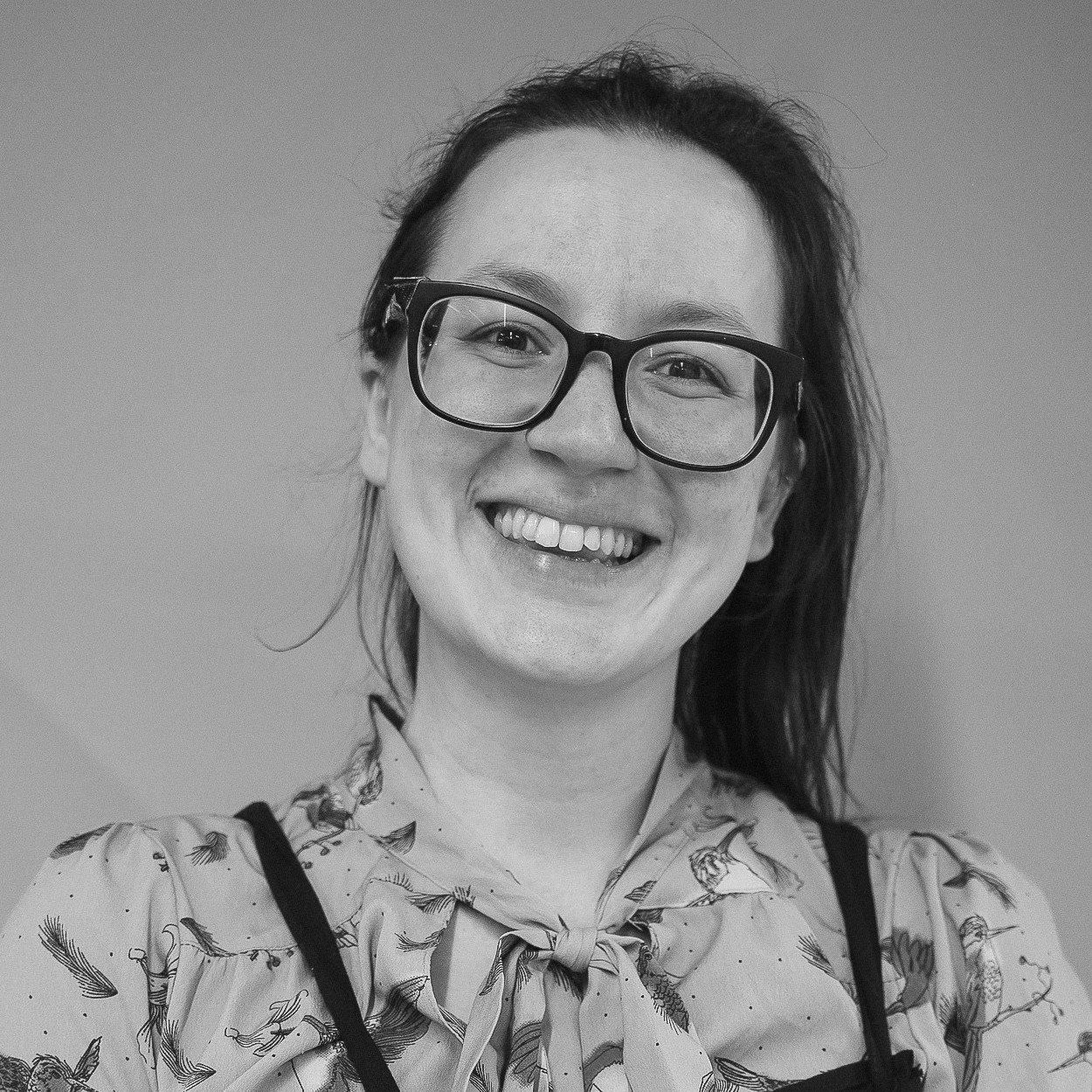The Scientific Community (Edexcel A Level Physics) : Revision Note
Validating Experimental Results
The scientific community works together to ensure that the knowledge and understanding of scientific concepts are kept as up to date as possible
This comes from continuous experimenting based on evolving knowledge and new developments in technology
For example, one of the early models of the atom was the 'plum pudding model' by JJ Thompson
Emerging evidence later found by Ernest Rutherford established that most of the atom was actually empty space
This lead to an evolved understanding of what the atom looks like, which is still being investigated to this day
Scientists ask questions, suggest answers (hypothesise) then test these suggestions
This is known as the scientific process
The Scientific Process
Ask a question about why something happens or how it works e.g. why does light diffract?
Suggest an answer by forming a theory (a possible explanation of the observation) e.g. light is a wave
This could also be in the form of a model or a simplified picture of what is physically going on e.g. the spreading out of waves
Make a prediction or hypothesis
This is a testable statement, based on the theory, about what will happen if it is tested
For example, if light is a wave, it is expected to reflect and refract
Carry out an experiment to test the hypothesis
This will provide clear evidence to support the initial prediction
For example, investigating the reflection and refraction of light - if the experiment doesn't match the theory, the theory must change
Validating Scientific Knowledge
A theory is only scientific if it can be tested
Any pieces of experiment evidence must be published
This is often in scientific journals and reports (papers)

The papers are peer-reviewed by the scientific community in the same field
Other scientists examine the data and results, ensuring that there has been a fair test and the conclusion from the results is reasonable
This also ensures that work published in journals is of a good standard
This process helps validate scientific knowledge and ensure integrity (trustworthiness)
Scientists can be dishonest or biased, leading to invalid conclusions from their experiments
For example, manipulating the data to fit with their hypothesis
Peer-review isn't perfect, and often independent scientists test the theory themselves to cross-check the results and make sure the original results weren't just a 'fluke'
If the evidence then supports a theory, the theory is accepted (for now)
If many experiments back this theory with good evidence, and it is not yet deemed incorrect, then the theory is considered a scientific 'fact'
However, scientific theories are never indisputable
There can be breakthroughs and advances to provide new ways to test the theory which could lead to new evidence and conflicts
When this happens, the testing happens all over again, the theory is adapted to the new evidence found
The best theories are those that scientists are continuously trying to poke holes in and test thoroughly. If the theories survive many different tests, then it is more trusted
The nature of scientific knowledge is therefore continuously changing and evolving

You've read 0 of your 5 free revision notes this week
Sign up now. It’s free!
Did this page help you?
